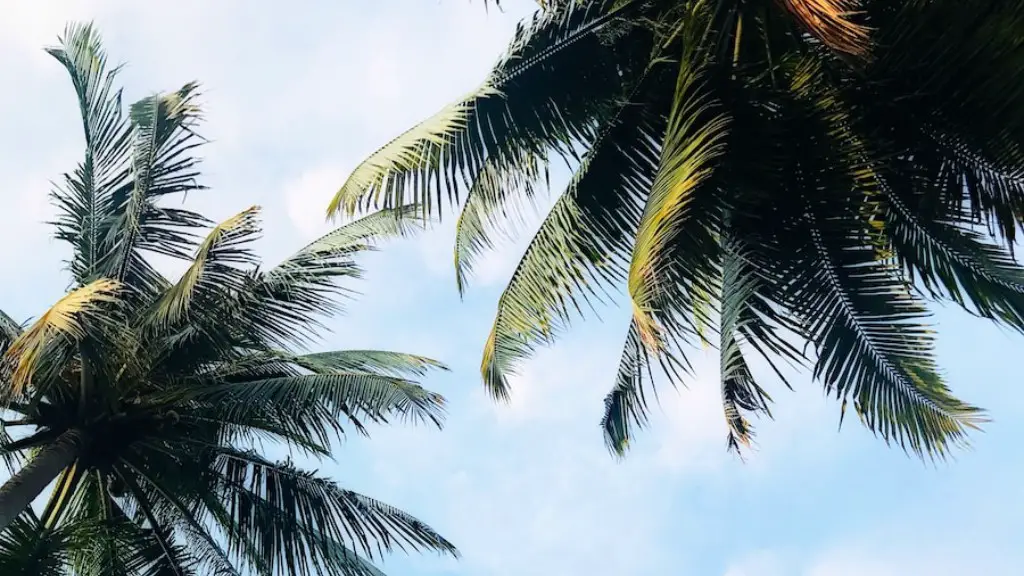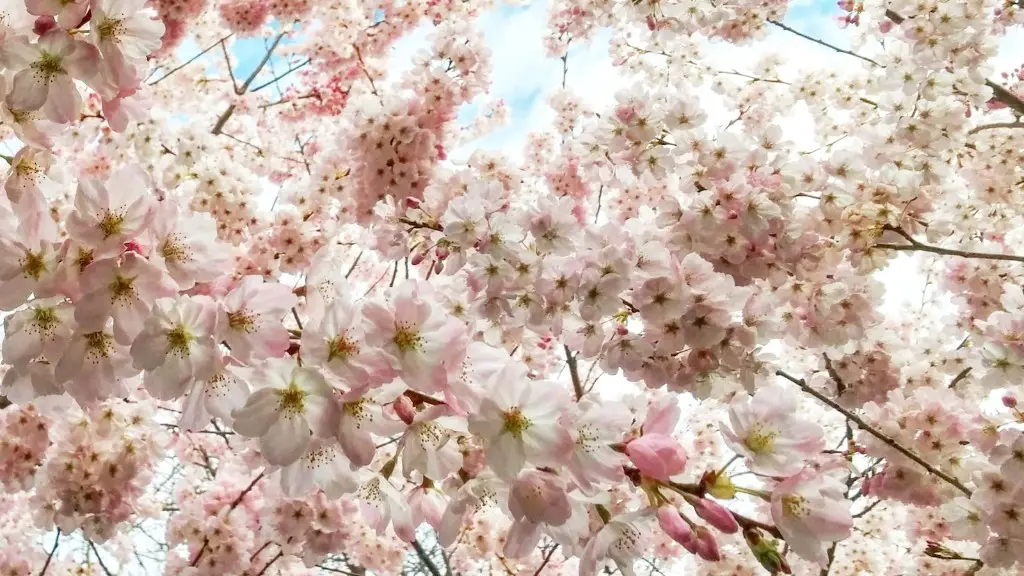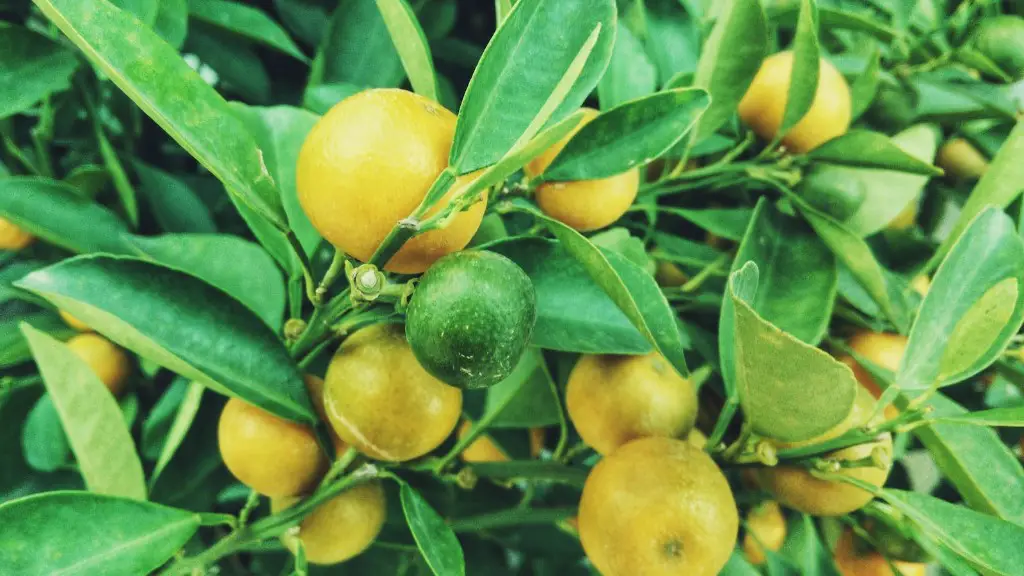It’s true: growing a palm tree from a seed isn’t hard. It’s actually a surprisingly simple process, as long as you have the right know-how and materials. Palms, as some of the most diverse and widespread tree species, are surprisingly easy to start from seed – you just need to know what to do. Here’s a comprehensive guide for understanding the ins and outs of growing palm trees from seed.
The first step in starting a palm tree seed is obtaining the seed itself. Many palms produce seed with the intention of spreading easily – that is, with help from the wind or animals. They’re actually surprisingly easy to find if you know where to look. Depending on your location, you may be able to find seeds in local stores, or even in your own backyard.
When you’ve collected the seed, it’s time to give it a good start. The trick is to keep your palm tree seed warm and moist. The best way to do this is to soak the seed in warm water overnight. Doing so can help ensure success by helping the seed sprout and begin to grow. Depending on the conditions, this process can take as little as two weeks.
Once your seed begins to sprout, it’s time to start potting. You’ll need to find the right container for your seedling and it should be a larger size – at least 12 inches deep and wide – allowing plenty of room to grow. Fill the pot with potting mix, making sure to use a mix that doesn’t contain any fertilizer or chemicals, as these can harm the seedling. Place your seedling in the pot and water it regularly.
With your seedling in the pot, it’s time to move it to a warm area with plenty of bright light. Depending on the variety, you may need to bring it indoors. Palms thrive in warm, humid environments, so make sure to keep the seedling near a window or in a bright room with a humidity level of at least 65 to 70%. When moving the plant, make sure to use a large pot or container, as this will help to ensure the best results.
When caring for your palm tree seedling, make sure to keep an eye out for signs of distress, such as wilting, or an absence of growth. If any of these signs appear, it may be time to adjust your watering schedule, or provide additional fertilizer or soil amendments. You can also help to ensure success by regularly pruning the seedling, and making sure to keep any weeds away.
Now that your seedling is grown, it’s time to move it outdoors. Before doing so, make sure to harden the seedling off by gradually exposing it to the sun, wind, and rain. This can take up to a week. When the seedling is ready, you’ll need to find the right place to plant it. Palms do best in well-drained moist soil, so make sure to check the pH level first. Prepare the soil and plant your palm tree, making sure to water it regularly for the first few weeks until it takes root.
Fertilizing
Fertilizing your palm tree can help to ensure that it reaches maturity. Choose the right fertilizer for your palm tree depending on its age, type, and location. When fertilizing your tree, make sure to follow the instructions on the package. Depending on the brand and type of fertilizer, you may need to apply it twice or three times a year.
When applying the fertilizer, make sure to keep it away from the trunk of the tree, as this can cause damage. Instead, place the fertilizer around the tree’s base and spread it evenly. If your tree is situated in containers, make sure to use a water-soluble fertilizer so that you can easily control the concentration.
Managing Disease and Pests
Managing pests and disease is essential when growing a palm tree from a seed. Some of the most common pests include aphids, mites, and scales. These pests can cause damage to the tree’s leaves, trunk, and roots. If you notice any signs of infestation, you’ll need to take action immediately. Make sure to use a pesticide that is safe for the particular type of palm tree.
Diseases can also be a major issue for a young palm tree. The most common include root rot, pests, and fungal diseases. To help prevent such issues, make sure to inspect your palm tree regularly and take action if any signs of disease appear. You can also help to ensure success by keeping the tree well watered, managing soil pH levels, and providing adequate amounts of fertilizer.
Harvesting Seeds
After several years of proper care, your palm tree will naturally begin to mature and produce seeds of its own. To harvest the seeds, you’ll need to find them inside the fronds. Handpick the ripe seed, making sure to discard any immature, soft, or damaged seeds. Once you’ve collected the seeds, you can store them in a sealed container and use them to grow new palms.
Watering and Pruning
Regularly watering and pruning your palm tree can help to ensure its health and vitality. When it comes to watering, make sure to provide enough water to keep the soil moist. Depending on the variety, you may need to water your tree twice a week or even more. As for pruning, this can help to keep the tree healthy and vigorous. Make sure to remove any damaged fronds or branches, and prune away excess growth.
Choosing the Right Variety
Choosing the right variety is the key to success when it comes to palm trees. Do some research first and figure out the specific conditions your chosen tree will need in order to thrive. Consider factors such as temperature, lighting, pH levels, and water requirements. Also, choose a variety that is suitable for the climate in your area.
Troubleshooting
If you’re having trouble getting your palm tree seedling to take off, don’t panic. Make sure to keep the seedling in a warm and humid environment, and water it regularly. Also, consider adjusting the soil pH, making sure not to use too much fertilizer. Finally, ensure that the seedling is getting enough light by moving it to a brighter area or providing artificial lighting.


